Can Azoospermia be Treated?
For every couple dreaming of starting a family, the news of male infertility can be distressing. One of the leading culprits in this scenario is azoospermia, a condition where no sperm is found in the semen. Men diagnosed with azoospermia usually think they can’t become fathers. But, thanks to medical advancement, azoospermia can be treated.
To get to the treatment, we must first understand the condition, which helps to choose the right male infertility treatment.
Let’s start!
Identifying the Causes of Azoospermia
The first step to finding the most effective solution for azoospermia is determining its causes. How could we do that? A thorough examination, hormonal checkup, and genetic testing are the best ways to pinpoint the culprit.
Azoospermia can be of two types: obstructive azoospermia and non-obstructive azoospermia.
Obstructive azoospermia occurs when sperm production is normal, but there is a blockage in the transportation of sperm through the male reproductive system.
On the contrary, non-obstructive azoospermia occurs when there is an issue with sperm production.
So, now we understand the causes and types of azoospermia. Let’s find out the male infertility treatment options based on these types.
Treatment for Obstructive Azoospermia
If you are diagnosed with obstructive azoospermia, it means your hormone profile is normal, but the challenge is in ejaculation due to blockage in the tubes. In that case, sperm retrieval techniques bypassing the obstruction can be used to extract the sperms from the epididymis or testicles directly.
Depending on the blockage location, different methods come into play:
PESA (Percutaneous Epididymal Sperm Aspiration): A minimally invasive procedure in which a needle aspirates sperm directly from the epididymis, the tube where sperm matures.
TESA (Testicular Sperm Aspiration): Similar to PESA, but in this procedure, sperm are directly aspirated with a fine needle from the testicles.
TESE (Testicular Sperm Extraction): It is a surgical technique where a small amount of testicular tissue is removed from the testicles to extract sperm.
MESA (Microsurgical Epididymal Sperm Aspiration): This advanced technique uses a high-powered microscope to access sperm directly from the testes.
Treatment for Non-Obstructive Azoospermia
For non-obstructive azoospermia, the focus shifts to addressing the underlying cause. The major reason for non-obstructive azoospermia is hormonal deficiency. Hormonal deficiencies often play a key role, leading to insufficient sperm production.
In certain cases, like hypogonadotropic hypogonadism, where the pituitary gland fails to stimulate the testes properly, your doctor may prescribe hormone supplements to restore sperm production. Within 3-6 months of treatment, you may witness a remarkable comeback of sperm production, restoring your fertility potential.
However, non-obstructive azoospermia is not always hormone-driven. In some cases, testicular failure itself can cause a problem with hormone production, with patchy areas of sperm production within the testes.
In that scenario, techniques like TESE and Micro-TESE can be employed to retrieve the sperm. These tissues are observed under a microscope to identify healthy seminiferous tubules. These tubules are the most likely sites for sperm production, making them the target for sperm extraction.
Take Away
While azoospermia can be a challenging condition, understanding the underlying cause, exploring the varied options for sperm retrieval, and considering potential hormonal interventions by consulting an IVF specialist in Delhi can help couples find the right solution and treatment options. If you are looking for male infertility treatment, schedule your consultation with Dr Rhythm Gupta, an experienced fertility specialist who specializes in male infertility issues. She will provide different treatment options to fulfill your dream of becoming a father.

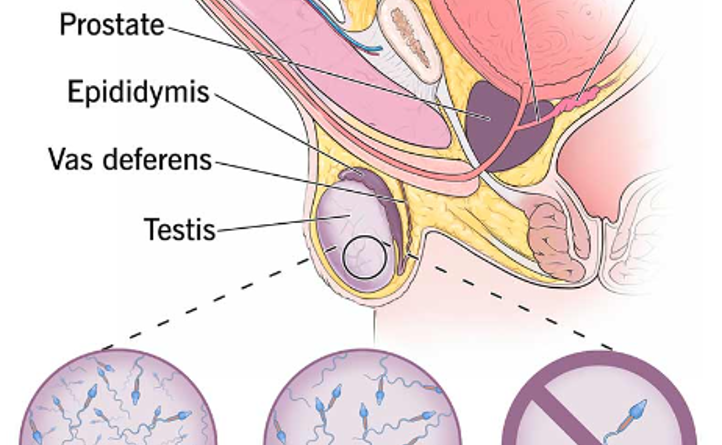
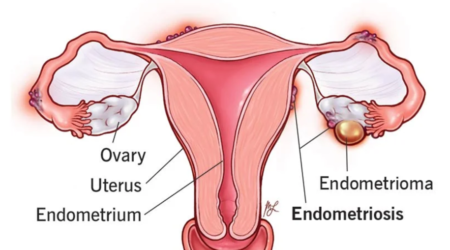
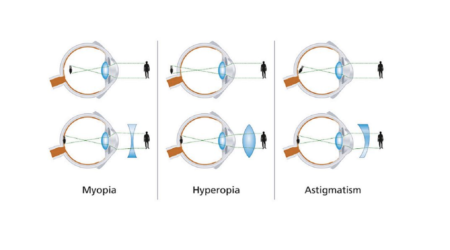



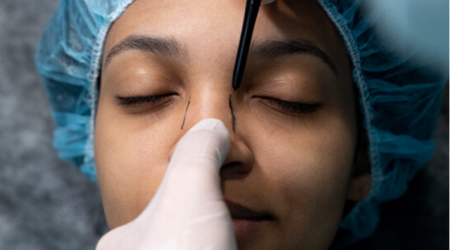


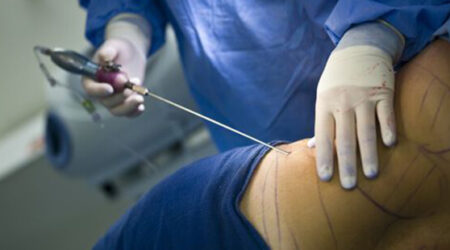

Leave a Reply